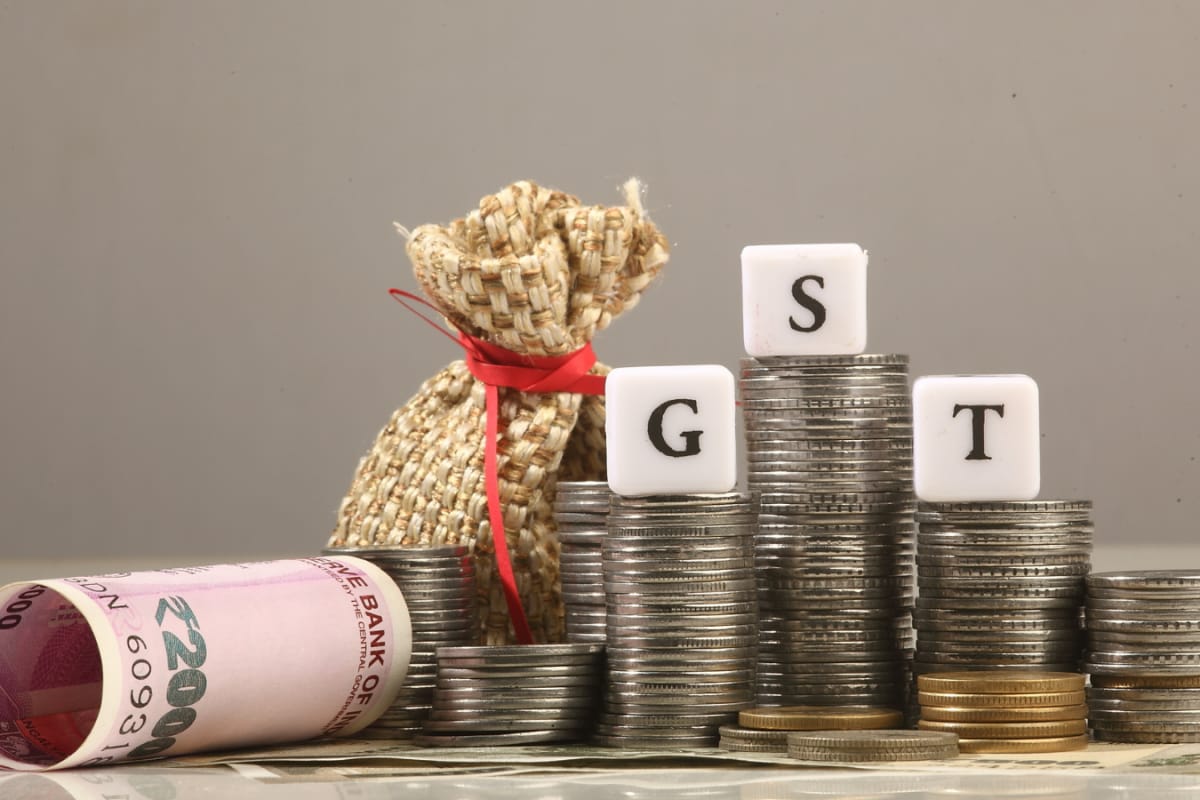GST's Impact Unveiled
The Goods and Services Tax (GST) in India has a significant impact on the prices of automobiles, including hatchbacks. When the GST rates are adjusted,
it directly affects the final cost that consumers pay. This is due to the fact that the GST encompasses various taxes previously levied on vehicles, such as excise duty and sales tax. A reduction in the GST rate results in a lower price for vehicles. This change generally boosts consumer demand because of the affordability factor. The automotive industry closely monitors these tax policies, and automakers respond to changes by adjusting their prices. This makes the market dynamics sensitive to such tax modifications.
Cheaper Hatchback Models
After the GST reduction, several hatchback models saw their prices decrease. While the specific models and their exact price drops can vary depending on the brand, model, and trim, it is widely observed across the industry. Generally, these price changes vary from a few thousand to several thousand rupees. This makes these cars more accessible to a wider range of consumers. This price adjustment is a significant factor for those considering purchasing a new car, making these models an attractive proposition. The price reductions are often highlighted by automakers to attract consumers and boost sales.
Reasons Behind Reductions
The primary reason for the price decreases in hatchbacks is the implementation of a lower GST rate. When the government reduces taxes on specific goods or services, businesses often pass these savings to customers. For automakers, this means decreasing the final cost of their vehicles. Additionally, these tax cuts can sometimes be part of a broader government initiative to encourage economic growth, particularly in specific sectors like the automotive industry. The lower prices might incentivize potential buyers to consider new cars. Automakers may also adjust their production and marketing strategies to take advantage of the changed market dynamics, aiming for higher sales volumes in response to lower prices and increased consumer interest.
Consumer Benefits Explained
Consumers gain several benefits from the price reductions in hatchbacks due to the GST cut. First, the lower price makes vehicles more affordable, stretching the purchasing power of potential buyers. Reduced prices make it easier for people to afford a new car, thus increasing their purchasing capacity. Lower prices can also have downstream effects, making it possible for consumers to opt for higher-trim models or additional features within their budget. The shift in car prices also means that the same budget could allow consumers to look at different models or to consider other factors, like additional accessories, when making their purchase. This change can lead to a more competitive market with increased benefits for the consumer.
Market Dynamics Shift
The price reductions in hatchbacks change the competitive landscape of the Indian automotive market. Because of the lower prices, there might be an increase in consumer demand, which leads to heightened competition among different car brands. Automakers might react by adjusting their marketing and sales strategies, offering additional incentives or promotions to attract buyers. This includes improving finance offers or bundling deals. It's not uncommon for companies to release special editions or new features to make their models more competitive. These changes can make the market more vibrant and give consumers more choices. The changes also can influence the strategies of other companies, who may need to re-evaluate their pricing and sales models.





